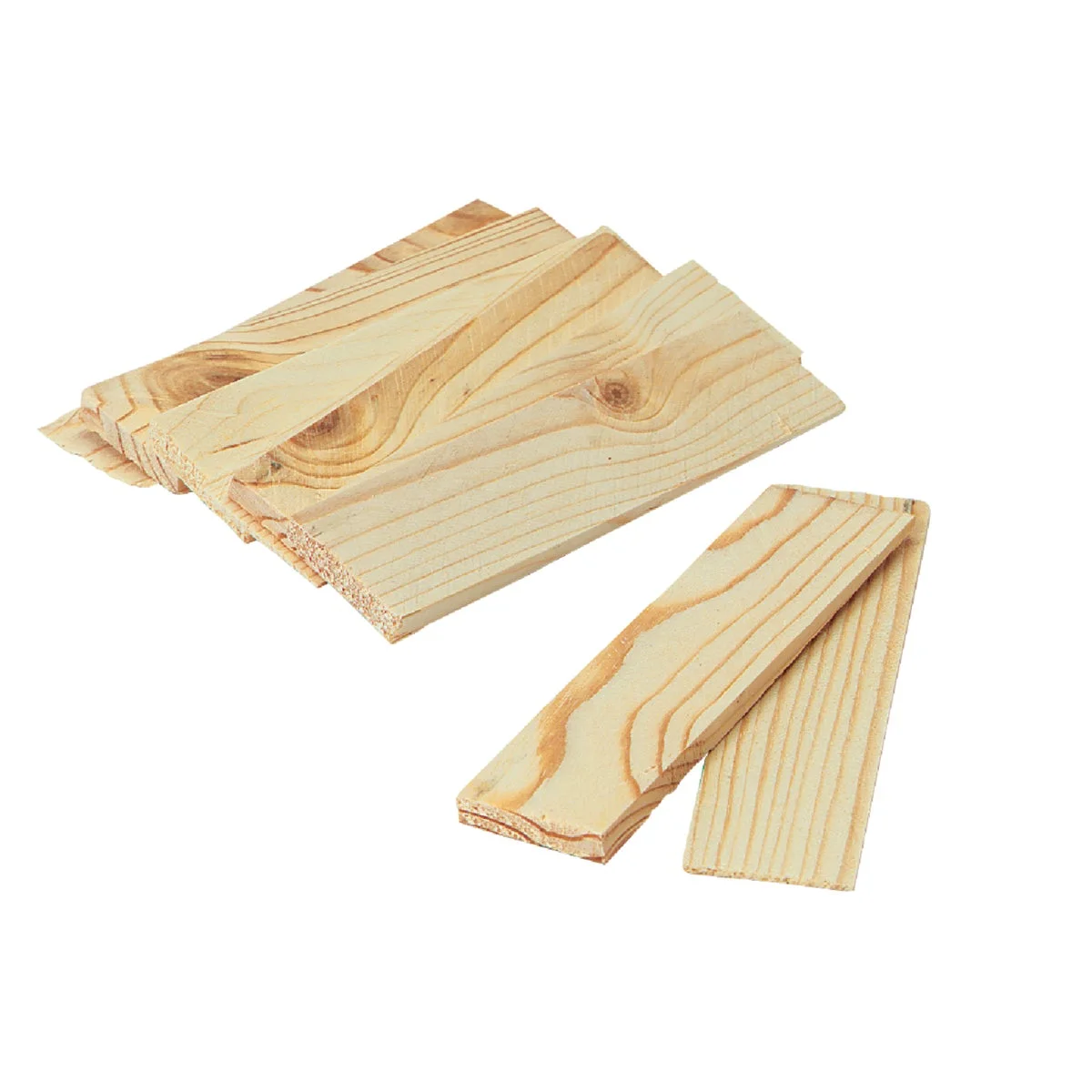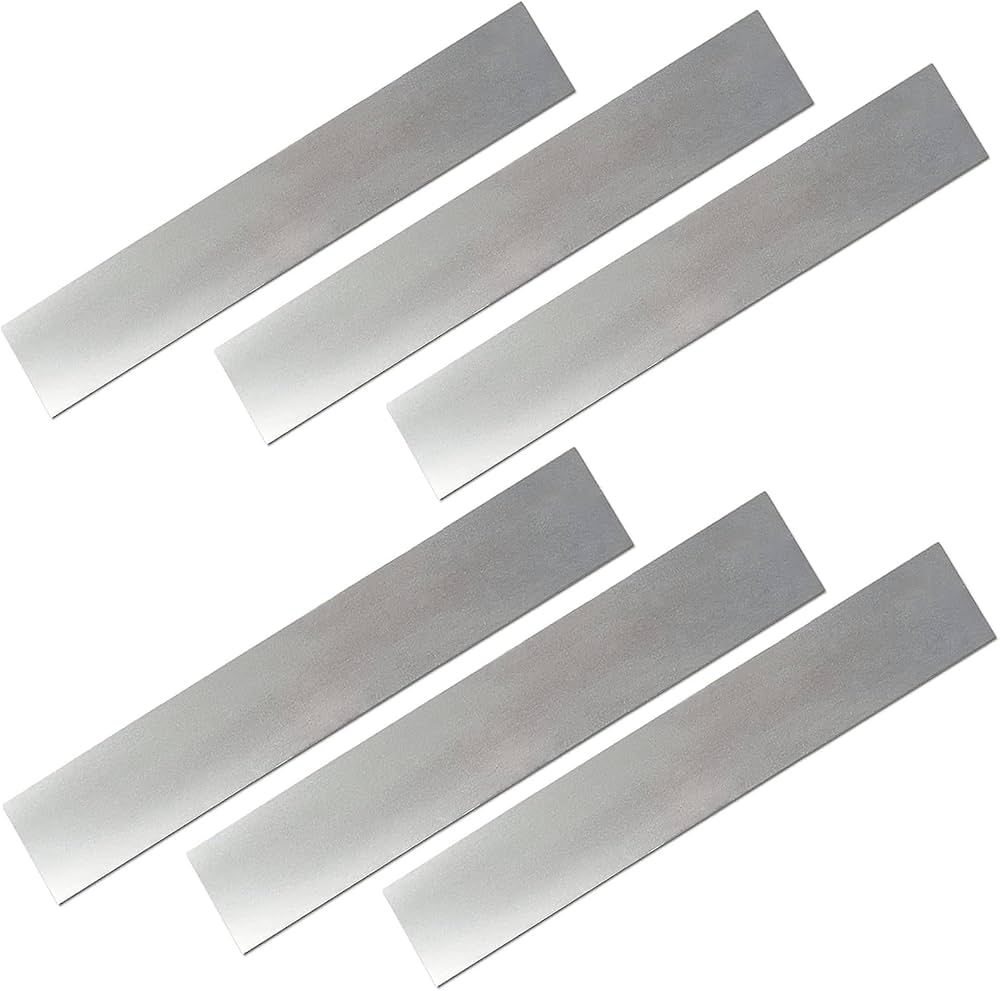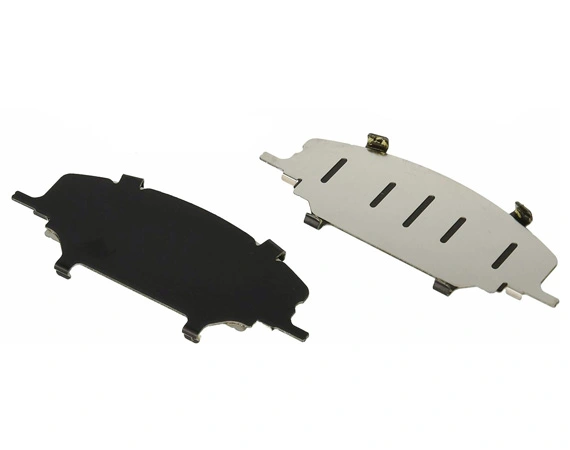When it comes to precision engineering and construction, shims play a crucial role in achieving the desired fit and alignment. Shims are small, often thin pieces used to fill gaps or spaces between components, ensuring stability and proper functioning. They come in various materials, each with its own set of advantages and drawbacks. In this article, we'll explore the three most common shim materials: wood, metal, and plastic. Understanding the differences between these materials will help you choose the right shim for your specific needs.
Definition and Characteristics
Wood shims are traditional and versatile tools made from various types of wood, such as pine or oak. They are typically used in applications where a temporary or adjustable gap-filling solution is required.
Advantages of Wood Shims
Cost-Effectiveness: Wood shims are generally affordable and readily available, making them a budget-friendly option for many applications.
Easy to Cut and Shape: Wood is relatively easy to cut, shape, and adjust, allowing for quick modifications as needed.
Good for Temporary Applications: Due to their ease of use and adjustability, wood shims are ideal for temporary fixes or adjustments during construction or repair work.
Disadvantages of Wood Shims
Susceptibility to Moisture: Wood shims can absorb moisture, leading to warping or deterioration over time, especially in humid or wet conditions.
Limited Durability: Wood shims are not as durable as metal or plastic shims and may not be suitable for high-stress applications.

Definition and Characteristics
Metal shims are precision-engineered pieces made from various metals, including stainless steel, aluminum, and brass. These shims are known for their strength and durability, making them suitable for demanding applications.
Types of Metal Shims
Stainless Steel: Known for its corrosion resistance and strength, stainless steel shims are used in harsh environments and high-stress applications.
Aluminum: Lightweight and versatile, aluminum shims are often used where weight is a concern but strength is still required.
Brass: Brass shims offer good machinability and resistance to wear, making them suitable for precision applications.
Advantages of Metal Shims
High Strength and Durability: Metal shims can withstand significant stress and pressure, making them ideal for heavy-duty applications.
Heat Resistance: Metals like stainless steel and aluminum perform well under high temperatures, providing stability in extreme conditions.
Precision and Stability: Metal shims are manufactured to exact specifications, ensuring a precise fit and stable alignment.
Disadvantages of Metal Shims
Higher Cost: Metal shims tend to be more expensive than wood or plastic options due to the cost of materials and manufacturing processes.
Difficult to Shape: Unlike wood, metal shims are not easily cut or adjusted on-site, which may require specialized tools or equipment.

Definition and Characteristics
Plastic shims are made from various plastic materials, including polyethylene, polycarbonate, and nylon. They offer a lightweight and corrosion-resistant alternative to metal and wood shims.
Types of Plastic Shims
Polyethylene: A versatile and cost-effective plastic, polyethylene shims are used in a wide range of applications due to their durability and chemical resistance.
Polycarbonate: Known for its high impact resistance and clarity, polycarbonate shims are used in environments where transparency and toughness are required.
Nylon: Nylon shims are known for their strength and wear resistance, making them suitable for applications where high friction and mechanical stress are involved.
Advantages of Plastic Shims
Lightweight: Plastic shims are much lighter than metal counterparts, making them easier to handle and install.
Corrosion Resistance: Unlike wood, plastic shims do not absorb moisture and are resistant to chemical corrosion.
Versatility: Plastic shims can be manufactured in various shapes and sizes, providing flexibility for different applications.
Disadvantages of Plastic Shims
Lower Strength Compared to Metal: Plastic shims are generally less strong than metal shims, which may limit their use in high-stress applications.
Temperature Sensitivity: Plastics can deform or degrade under extreme temperatures, which may affect their performance in certain environments.

Cost Comparison
Wood shims are the most affordable, followed by plastic and metal shims. Metal shims tend to be the most expensive due to the cost of raw materials and manufacturing.
Strength and Durability
In terms of strength and durability, metal shims lead the pack, followed by plastic and then wood. Metal shims are ideal for high-stress environments, while plastic offers moderate strength and wood is best for temporary solutions.
Application Suitability
Choosing the right shim material depends on the specific requirements of the application. Wood is suitable for temporary fixes, metal is best for heavy-duty applications, and plastic offers versatility and corrosion resistance for a range of uses.
Environmental Impact
Wood is a natural material and can be sustainably sourced, while plastic shims may contribute to environmental concerns due to plastic waste. Metal shims, although durable, require energy-intensive manufacturing processes.
Factors to Consider
Application Environment: Consider the environmental conditions, such as exposure to moisture, temperature, and chemicals.
Load Requirements: Determine the strength and durability needed for the application.
Budget Constraints: Factor in the cost of materials and the long-term value of the shim.
Selecting the right shim material is crucial for ensuring proper fit, alignment, and performance in various applications. Wood, metal, and plastic each offer unique advantages and limitations, making it essential to consider the specific requirements of your project. By understanding the characteristics and use cases of each material, you can make an informed decision that meets your needs and ensures the longevity and effectiveness of your shim.